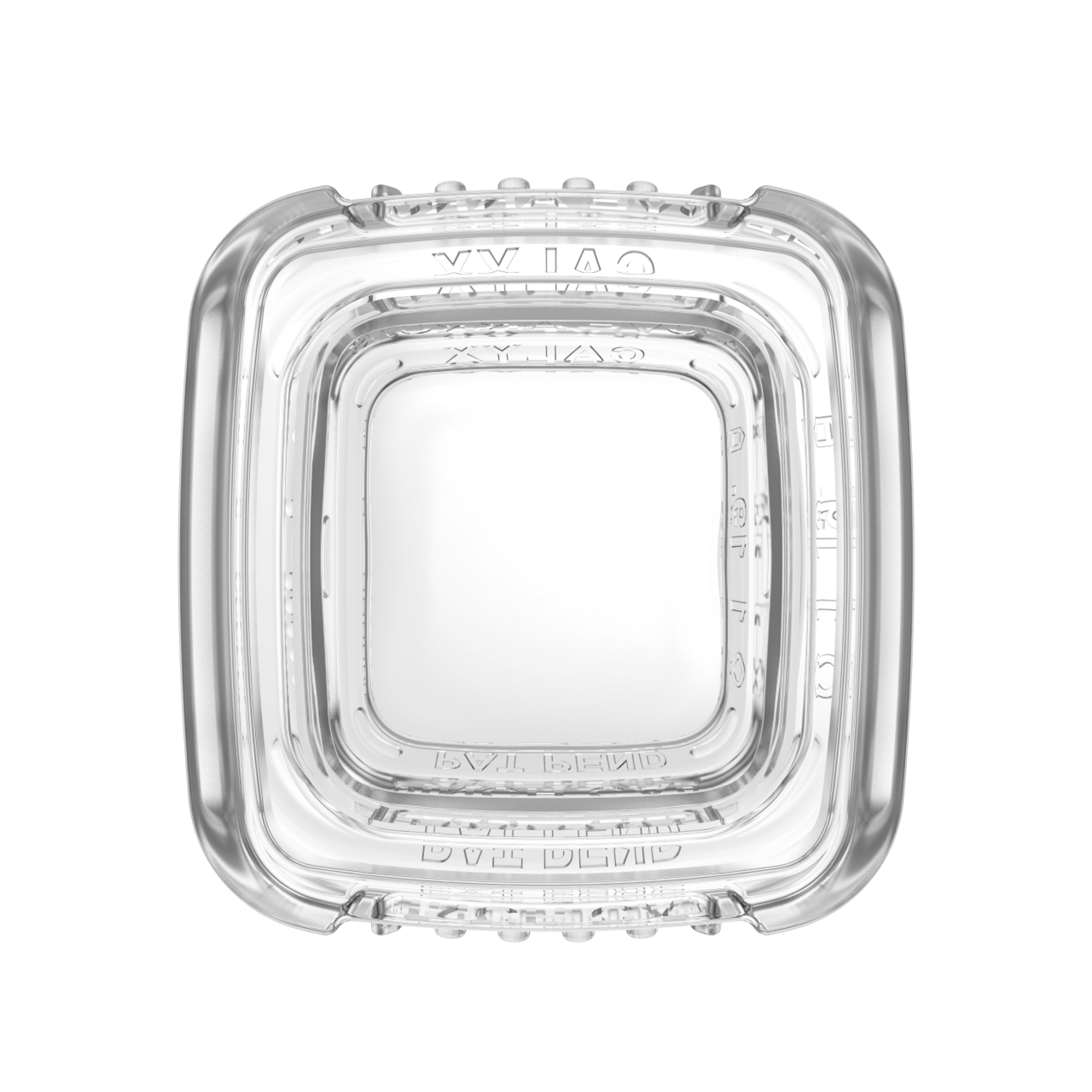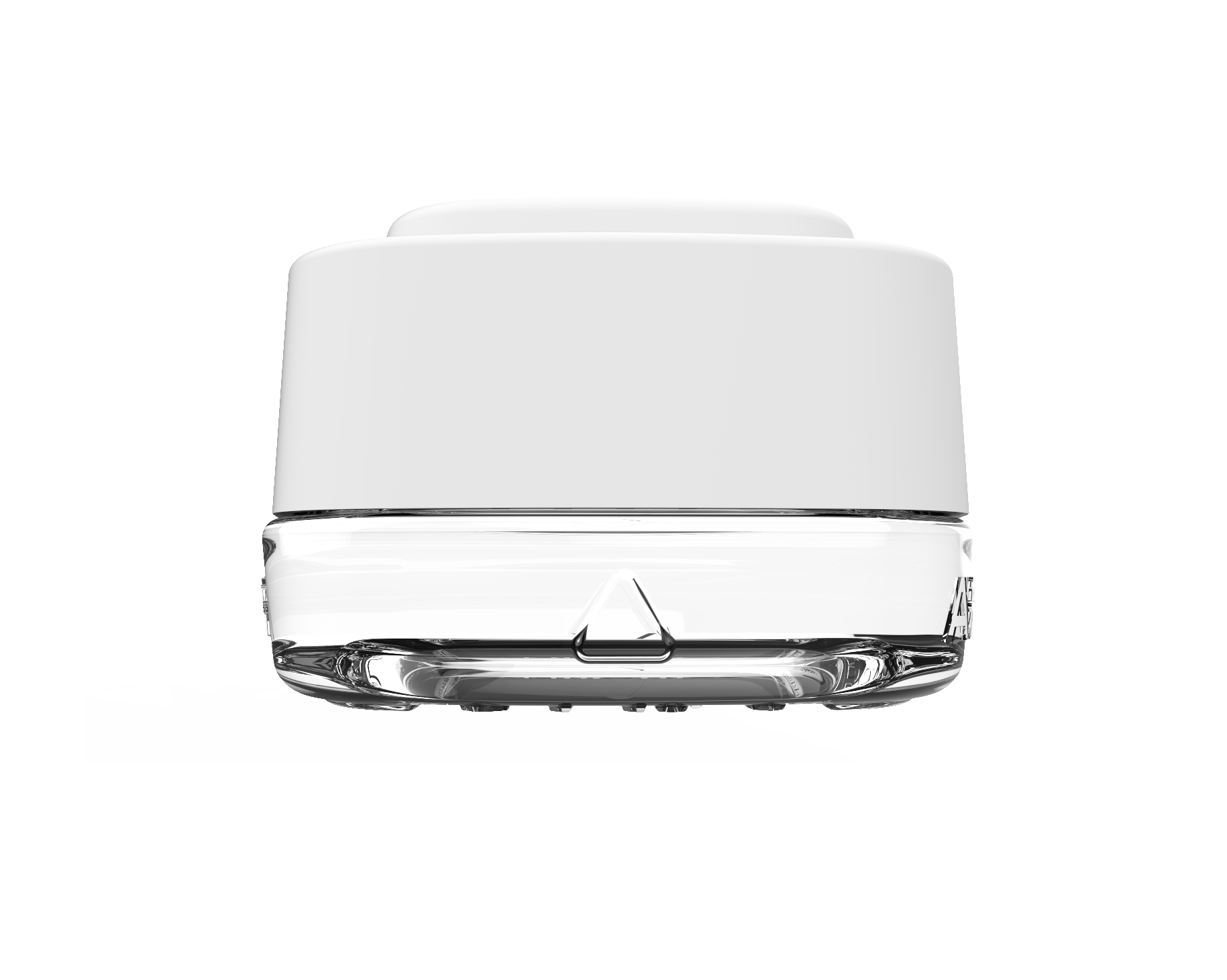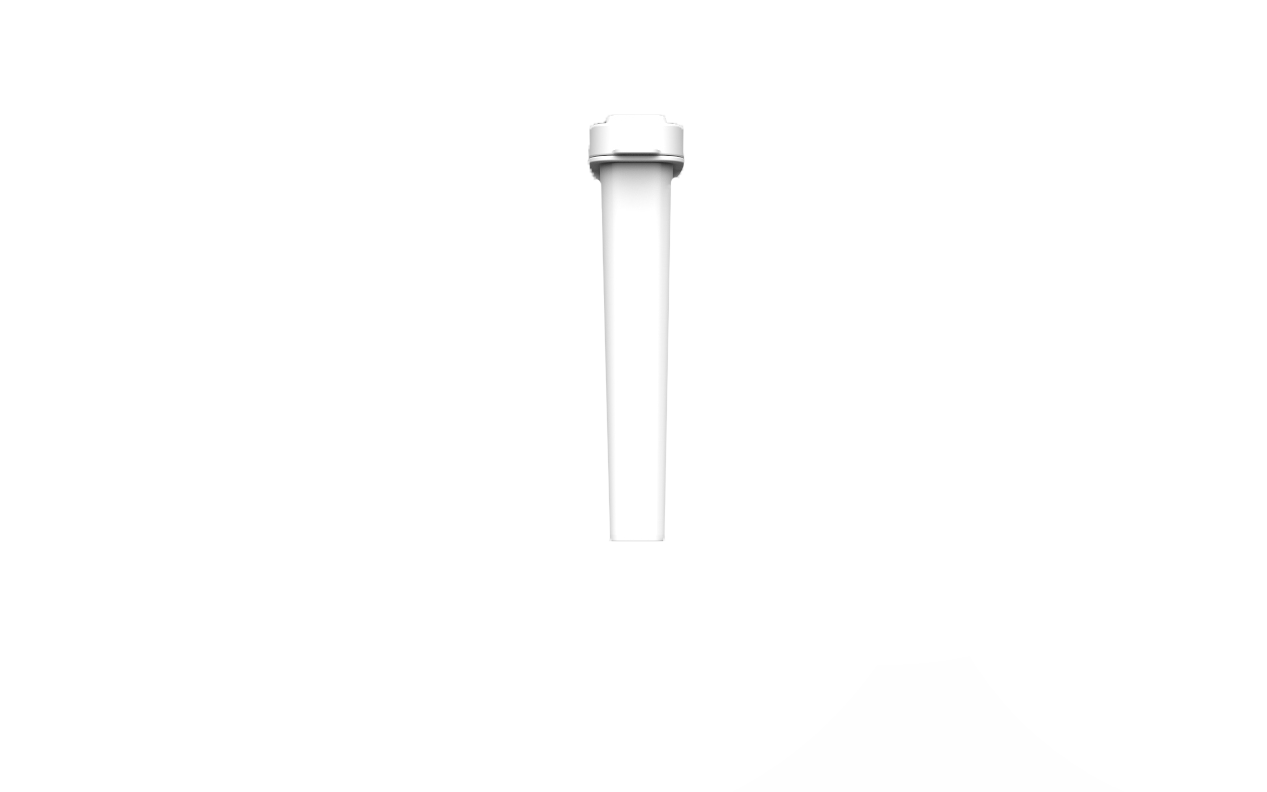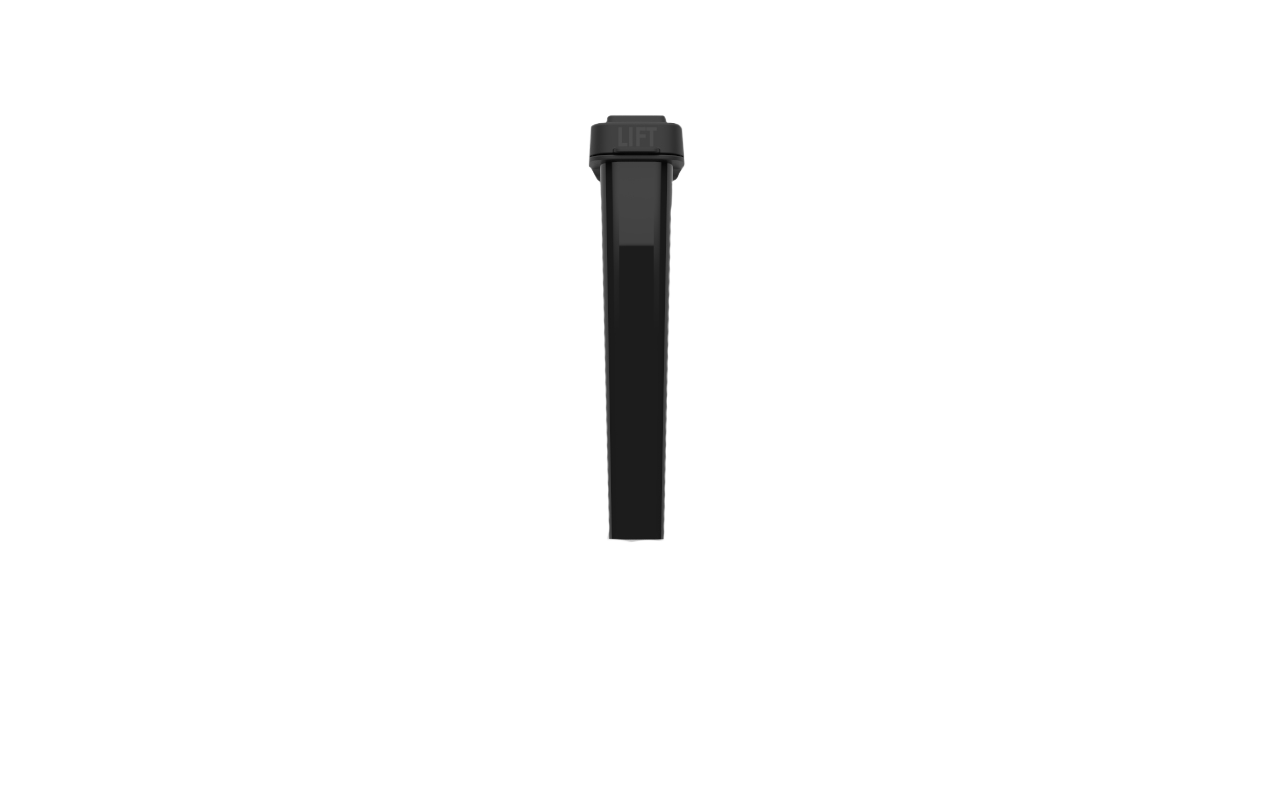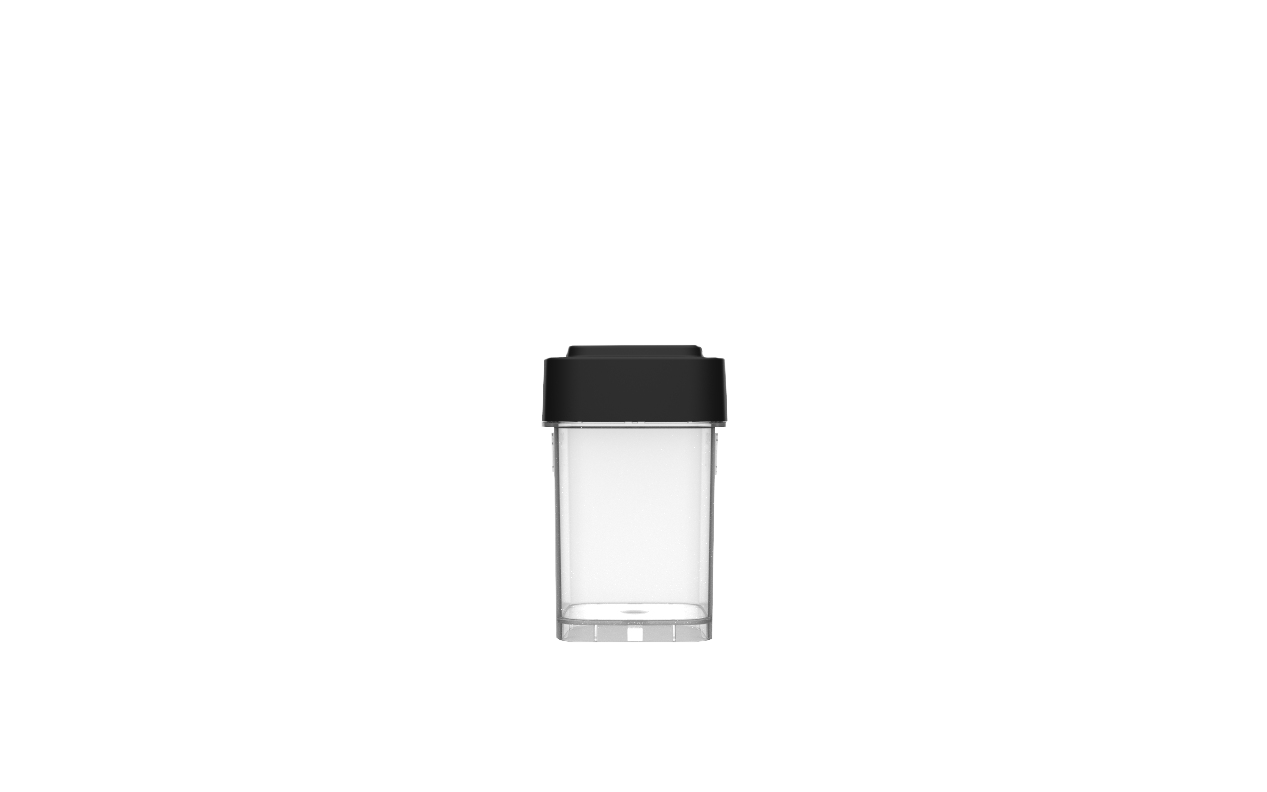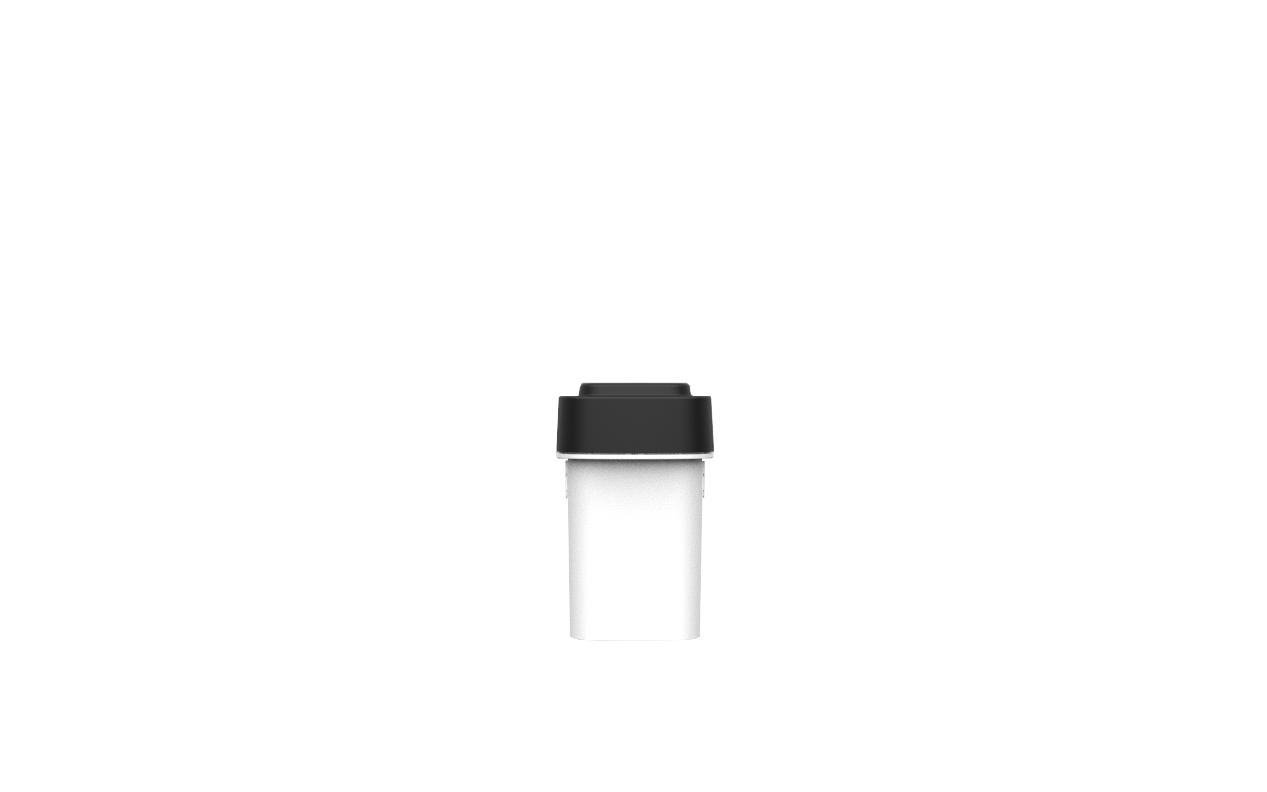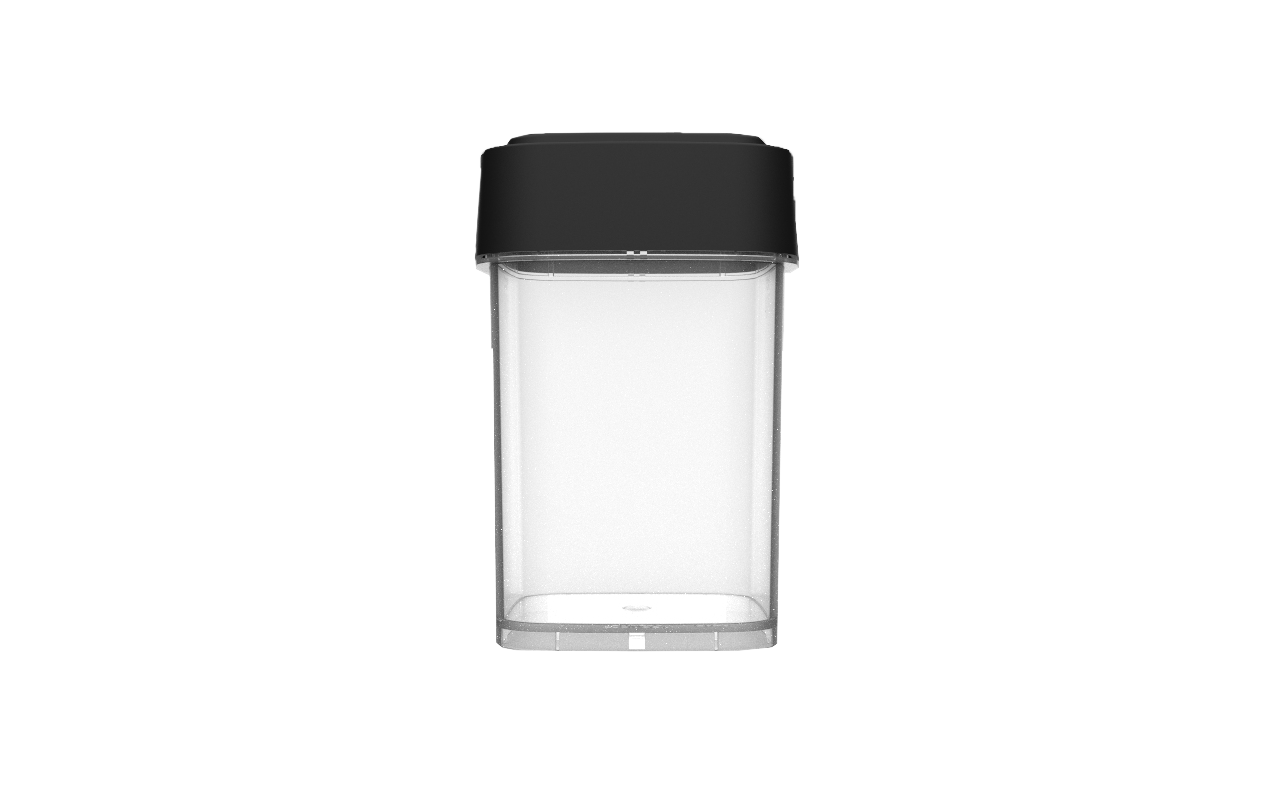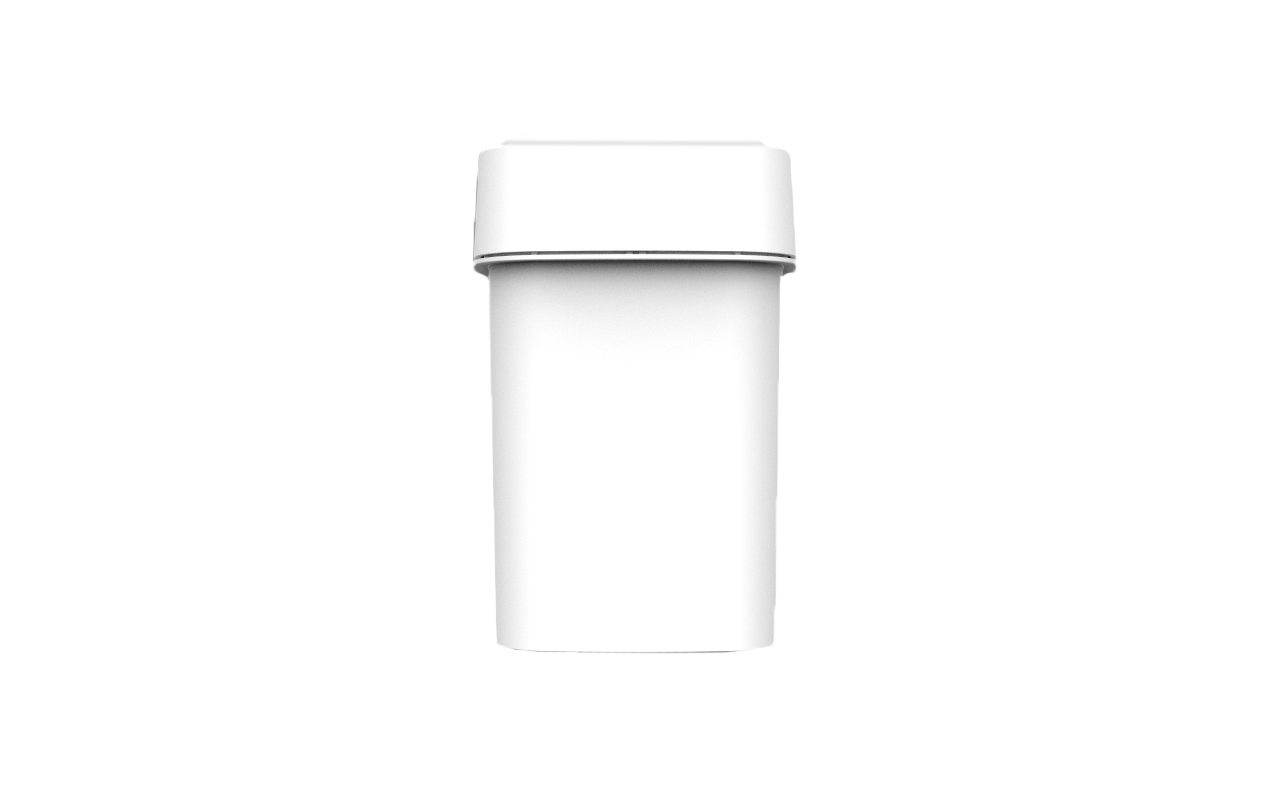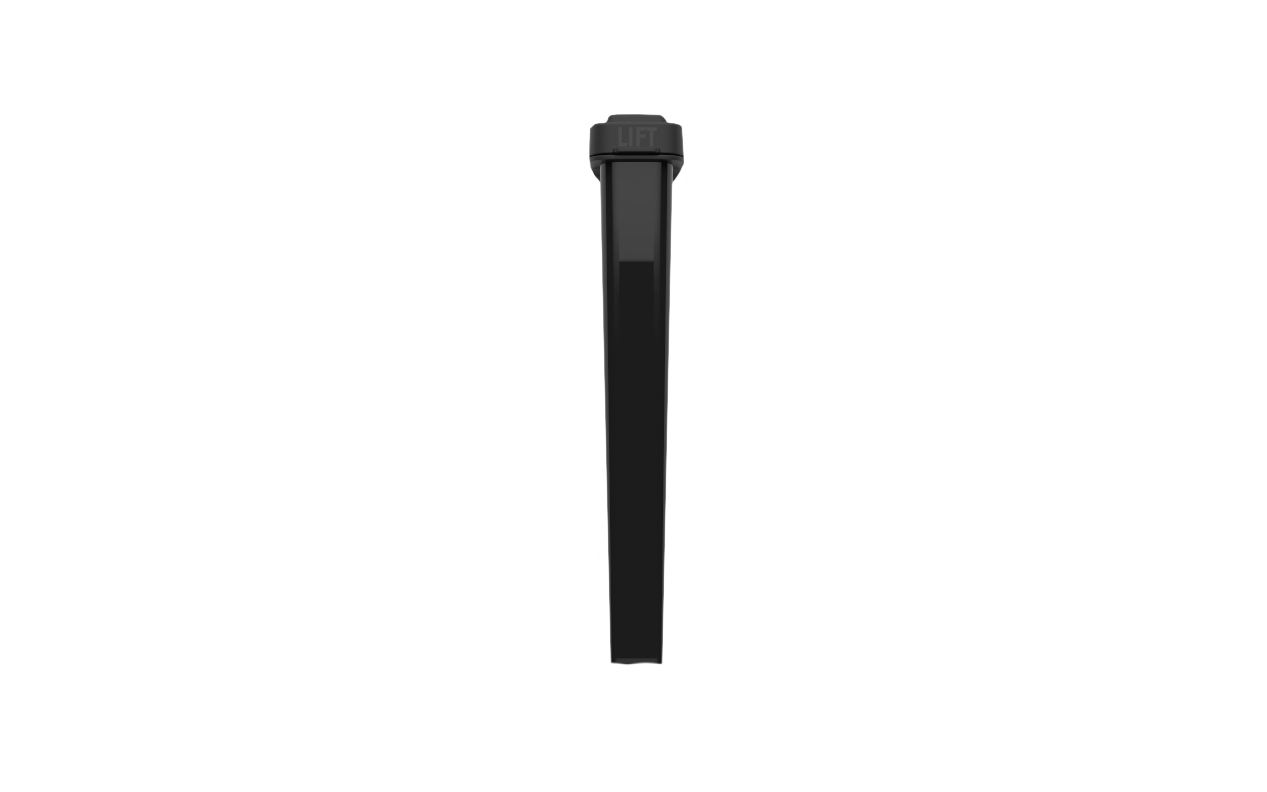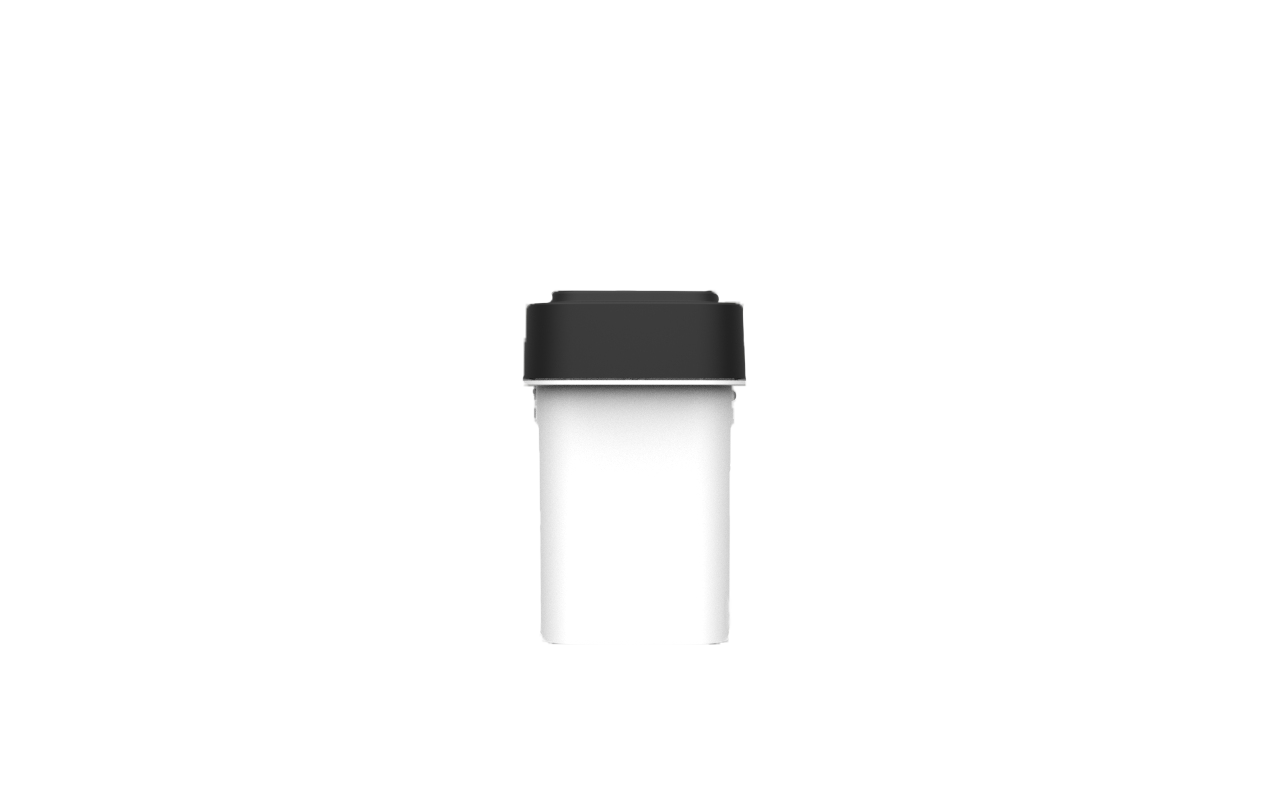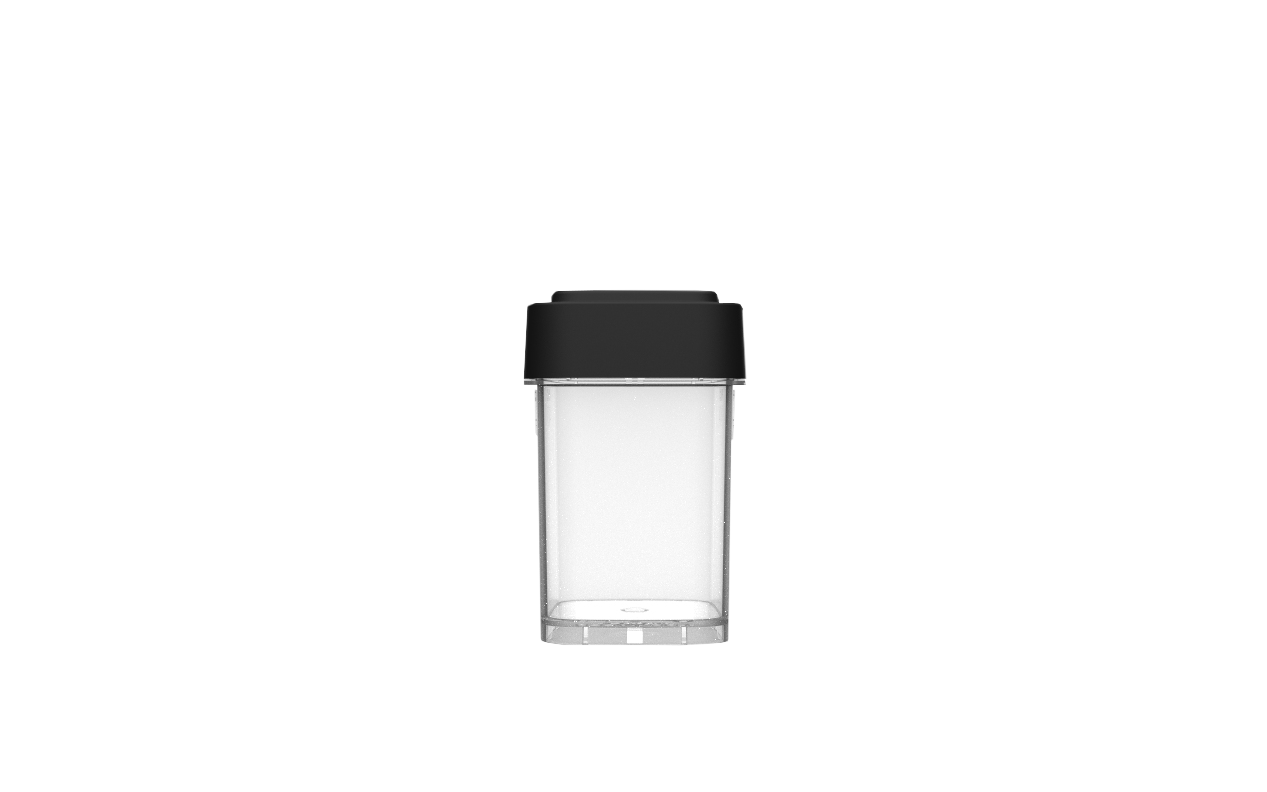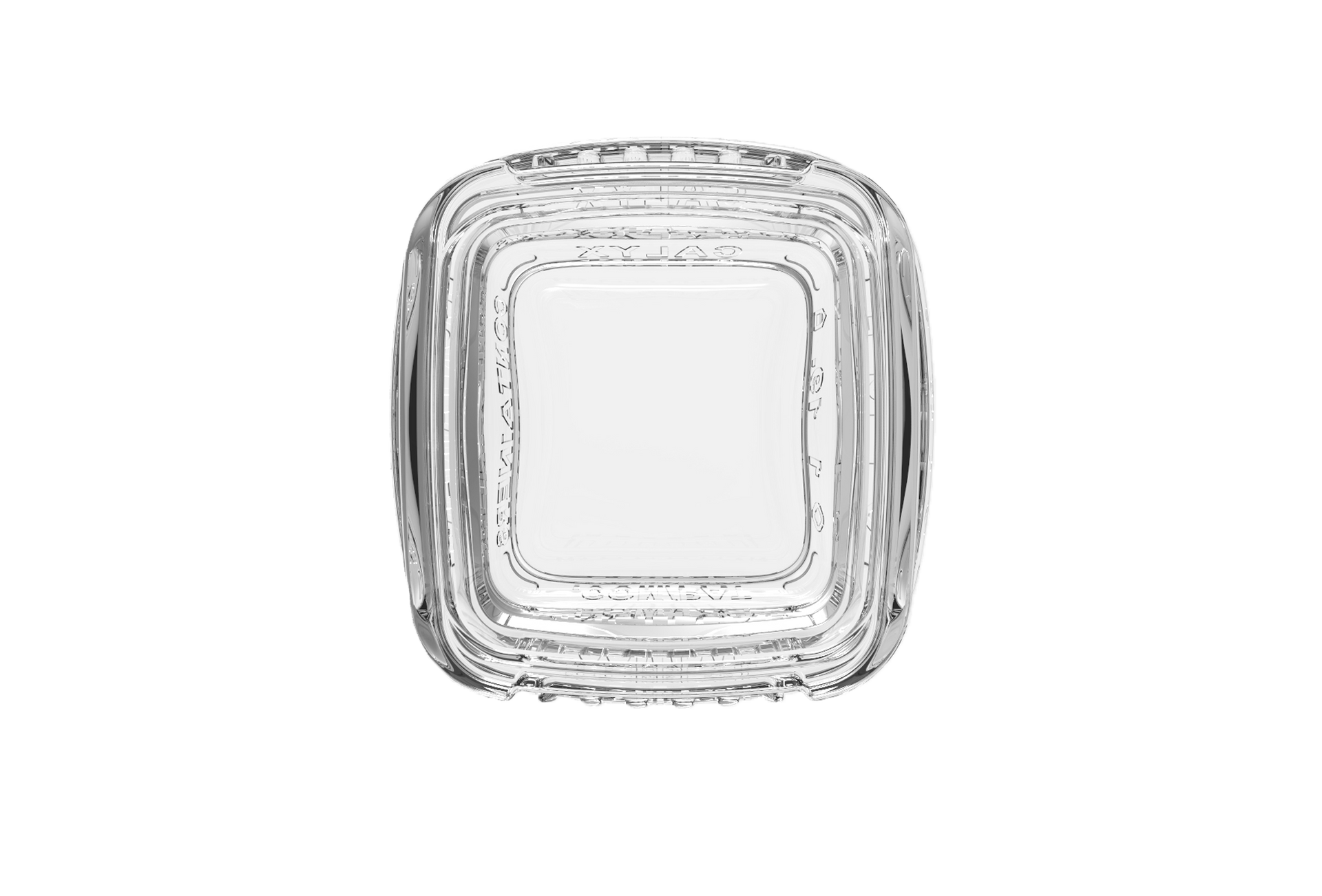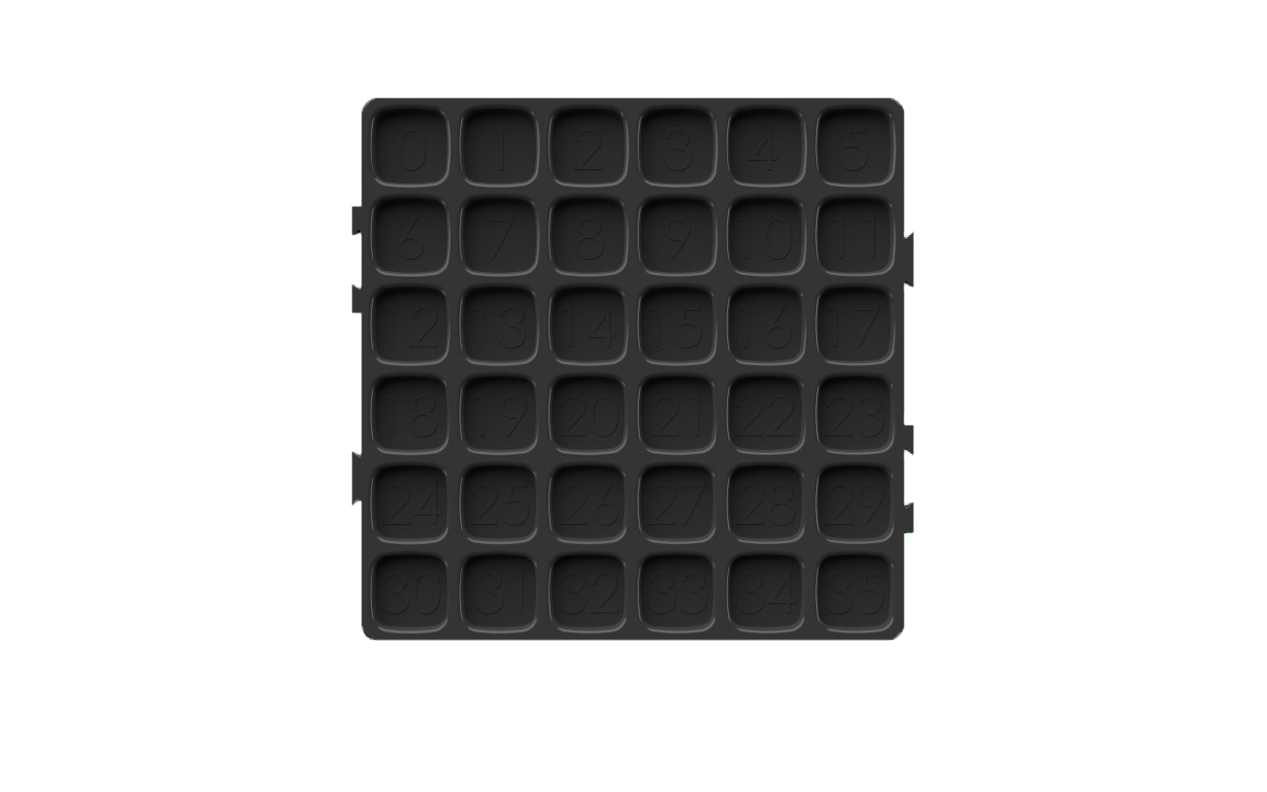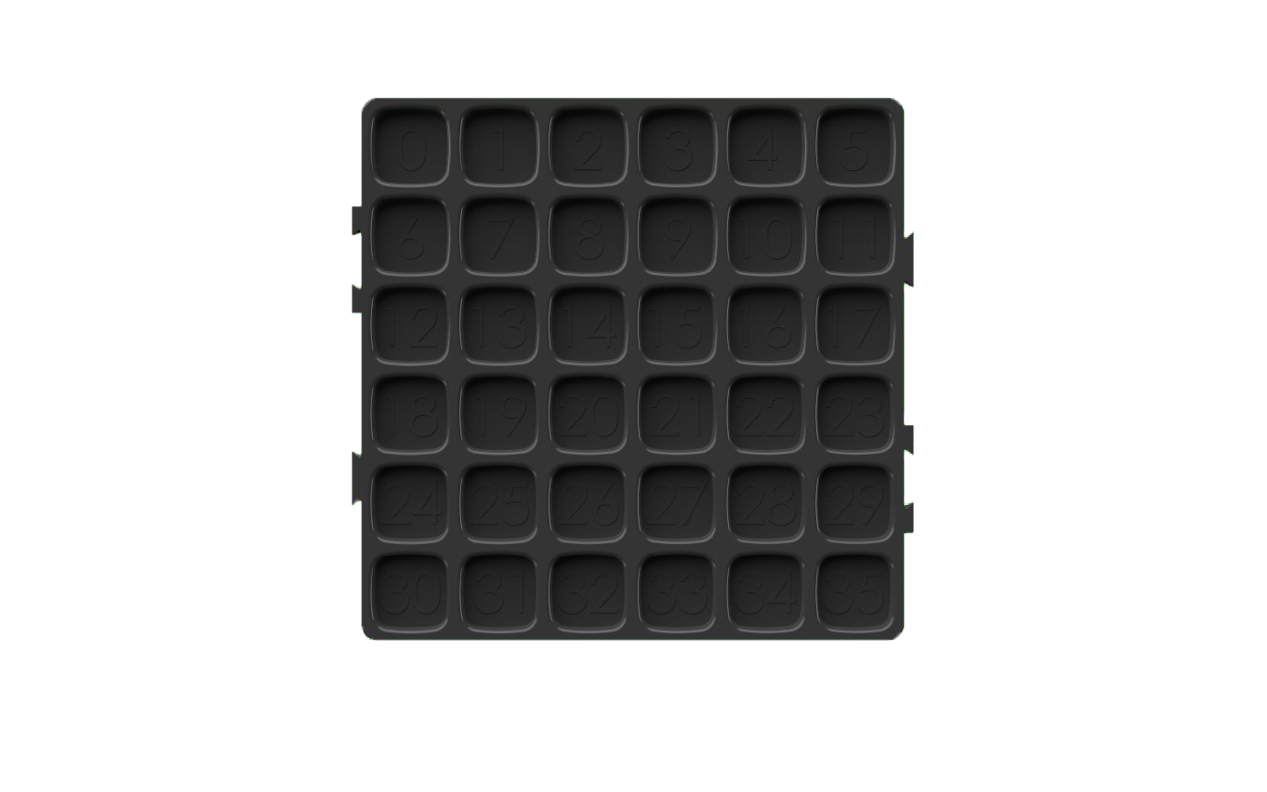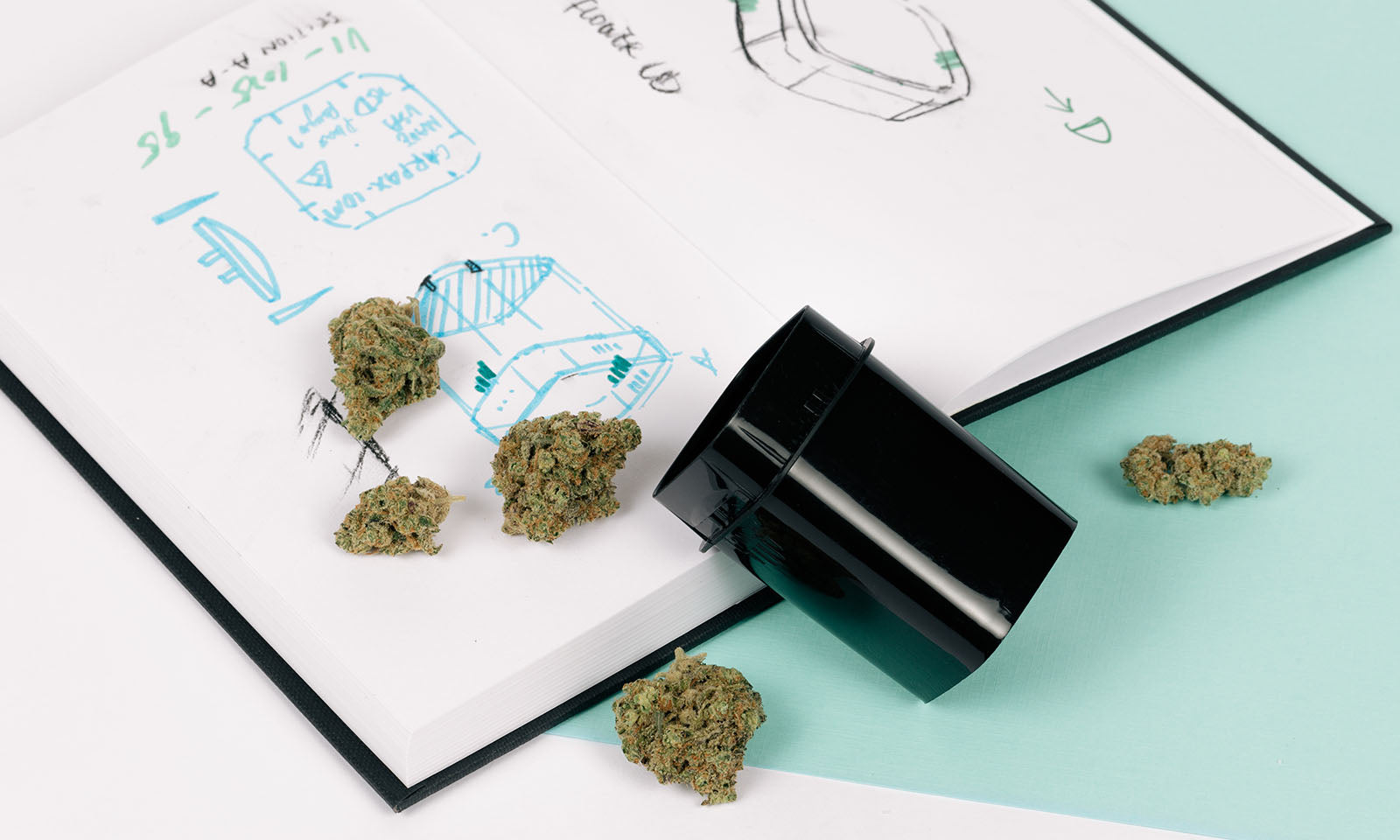As the legal cannabis and hemp industries grow, so does the complexity of labeling requirements. Whether you’re producing THC-rich flower, CBD topicals, or full-spectrum gummies, the label on your product does more than just attract buyers — it communicates safety, compliance, and brand identity. But not all labels are created equal.
In this guide, we’ll explore the key differences between cannabis labels and hemp labels, what makes custom labels essential in today’s regulated landscape, and how the right labeling strategy can support your brand’s success.
What Do We Mean by “Cannabis” and “Hemp” labels?
Let’s start by clarifying terminology. Both cannabis and hemp come from the Cannabis sativa plant, but legal definitions distinguish them:
- Cannabis refers to products that contain more than 0.3% THC by dry weight — typically regulated by state cannabis control boards.
- Hemp refers to cannabis plants and products containing 0.3% THC or less — regulated under the 2018 Farm Bill and often subject to FDA and USDA oversight.
This small difference in THC content creates massive regulatory and labeling implications.
The Core Differences Between Cannabis Labels and Hemp Labels
1. Regulatory Requirements
Cannabis Labels
Cannabis labeling is governed at the state level, and every state has its own rules. Common requirements include:
- Universal cannabis warning symbols
- THC/CBD potency
- Lab test results (batch #, date, lab name)
- Packaging and labeling approval before sale
- Usage instructions, allergens, and warnings
- Seed-to-sale tracking data
Hemp Labels
Hemp product labels (especially for ingestible and topicals) are often governed by:
- FDA labeling guidance
- USDA organic certification (if applicable)
- Supplement Facts or Nutrition Facts panels
- QR codes or links to third-party lab results
- Clear THC disclosures (e.g., “contains less than 0.3% THC”)
While some states add their own rules, hemp labeling tends to be more consistent nationally — though still evolving.
2. Label Design Restrictions
Because cannabis is highly regulated, cannabis labels often face stricter design limitations than hemp labels. These may include:
- No cartoons or images appealing to children
- Required font sizes or background contrast
- Placement of regulatory elements in specific areas
- Bans on certain claims (e.g., medical benefits)
Hemp products, while also subject to truth-in-advertising laws, generally allow more branding freedom — especially in non-intoxicating product categories like CBD skincare or pet products.
3. Tracking, Compliance, and Packaging Integration
Cannabis labels must often integrate with state-level tracking systems. That means including:
- Unique product identifiers (UPIs)
- Batch numbers tied to state systems
- Expiration or sell-by dates tied to shelf stability
Hemp products, on the other hand, may use lot numbers and batch codes for quality assurance, but are not universally required to integrate with tracking platforms — unless enforced by specific state programs.
4. Shelf Life, Storage, and Material Considerations
Hemp products may sit on shelves in pharmacies, grocery stores, and boutiques with more traditional conditions. Cannabis products, however, often face more scrutiny in dispensaries — especially for perishables like gummies or live resin.
This makes material selection for custom labels critical:
- Cannabis labels may need to withstand cold storage (e.g., concentrates) or offer anti-counterfeit features (e.g., holograms, tamper seals).
- Hemp labels for topicals or tinctures need oil-resistant finishes or flexible adhesion to small glass dropper bottles.
Why Custom Labels Are Non-Negotiable
Off-the-shelf labels might get the job done in other industries, but not in cannabis or hemp. Here’s why custom labels are essential:
- Compliance: Regulations shift constantly and you need flexibility in your label strategy.
- Functionality: Your product’s shape, temperature sensitivity, and shelf conditions demand purpose-built materials.
- Brand Storytelling: Your label is your billboard. It communicates your values, ingredients, and why consumers should trust your product.
- Operational Efficiency: Pre-applied CR warning symbols, batch-specific info, or peel-back layers can streamline packaging workflows and reduce compliance errors.
How Calyx Containers Supports Your Label Needs
At Calyx Containers, we understand that packaging isn’t complete without the perfect label — one that fits the form factor, meets compliance requirements, and makes your product shine.
Our custom label capabilities support both cannabis and hemp operations, offering:
- Pre-sized labels built to match our glass jars, drams, and flexible pouches
- High-durability materials that hold up to cold, moisture, and UV exposure
- Variable data printing for batch-specific compliance needs
- Custom finishes, laminates, and brand treatments to elevate your shelf presence
- Seamless integration with our packaging line for a clean, consistent presentation
Whether you’re producing premium solventless hash or broad-spectrum hemp topicals, our label team works with you to meet your goals, avoid compliance issues, and stand out in a crowded market.
Final Thoughts: Cannabis Labels vs. Hemp Labels
Cannabis and hemp labels may look similar on the surface, but they carry different regulatory burdens, functional requirements, and marketing constraints. Understanding those differences — and investing in custom label solutions — can make all the difference in your product’s success.
Whether you’re launching a new brand or scaling your SKUs across multiple states, Calyx Containers is here to support your packaging and labeling strategy with precision, flexibility, and cannabis industry expertise.
Ready to upgrade your labels?
Explore our custom label capabilities or contact our team to get started.

